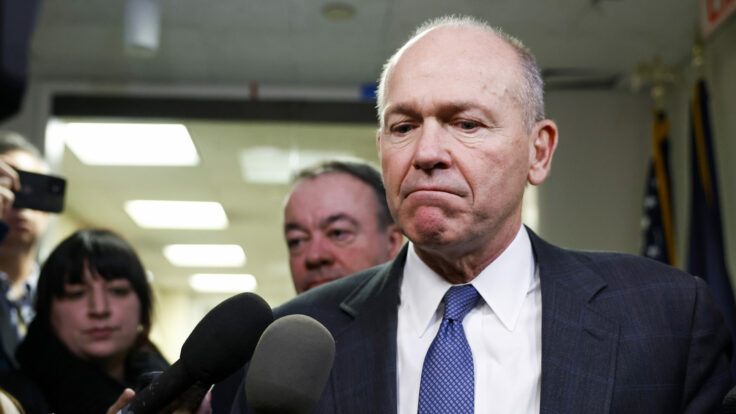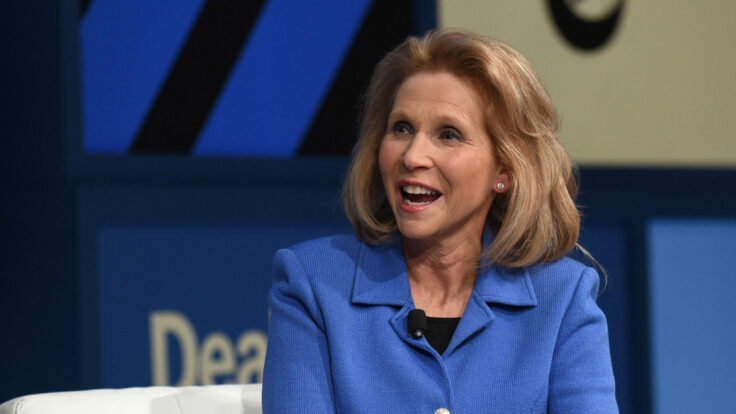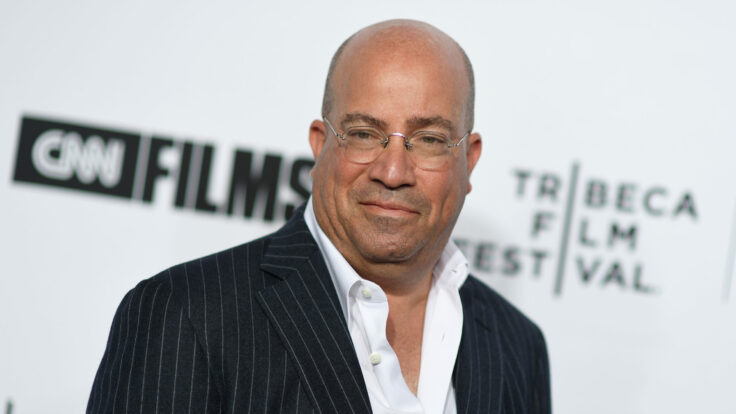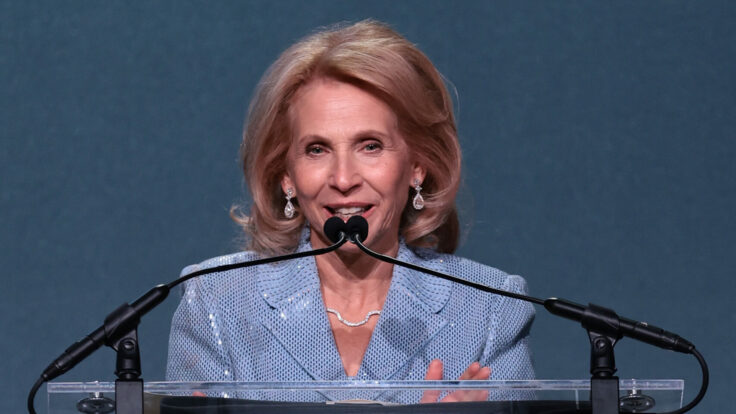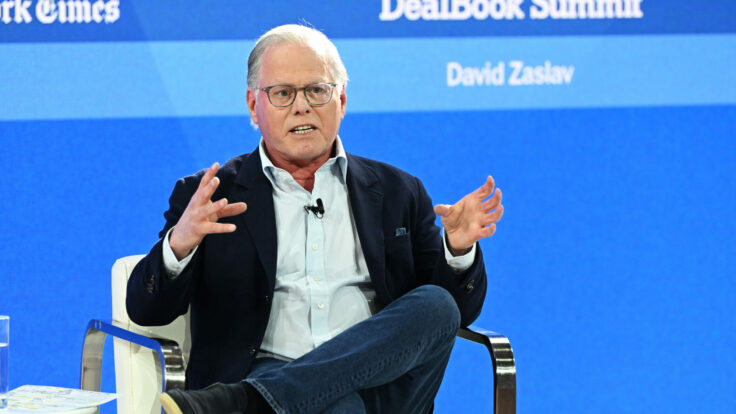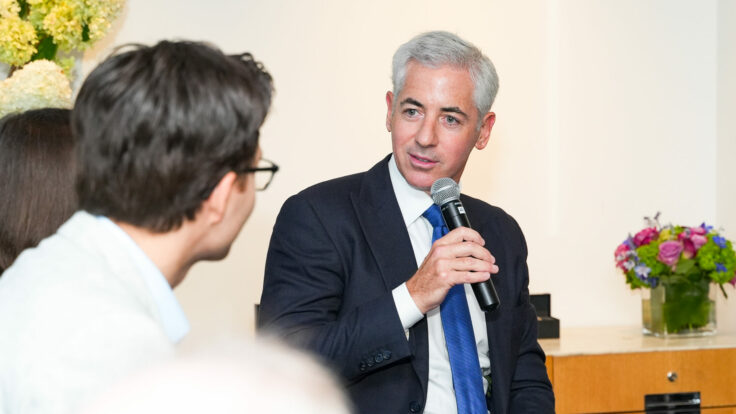Welcome to the new Golden Age on Wall Street. JPMorganChase, our biggest bank by nearly every measure, is pumping out $40 billion in profits a year, and its formidable chairman and C.E.O., Jamie Dimon, told me recently that he sees no end in sight to the machine’s ability to generate the majority of those profits. In its recently announced third-quarter, the bank made a profit of $11.7 billion, which includes a $2.1 billion reversal of Covid-related loss reserves that the bank believes are no longer applicable. The bank also has another $20 billion of accrued reserves on its balance sheet that could be reversed and brought back into earnings if the economy continues humming.
These are astounding numbers, to be sure. On an annualized basis, it’s not inconceivable that Dimon’s bank could be earning more than $45 billion a year. Let’s put that into perspective: Apple, on any given day the world’s largest company with a market capitalization of $2.5 trillion, had net income of $86 billion in the 12 months ended June 2021. “Credit continues to be quite healthy, in fact, net charge-offs are the lowest we’ve experienced in recent history,” Jeremy Barnum, the bank’s new chief financial officer said last week. No wonder the JPMorganChase board of directors is doing everything it can to keep the 65-year-old Dimon around for at least another five years.







